Sightseeing Spots
Search Results308
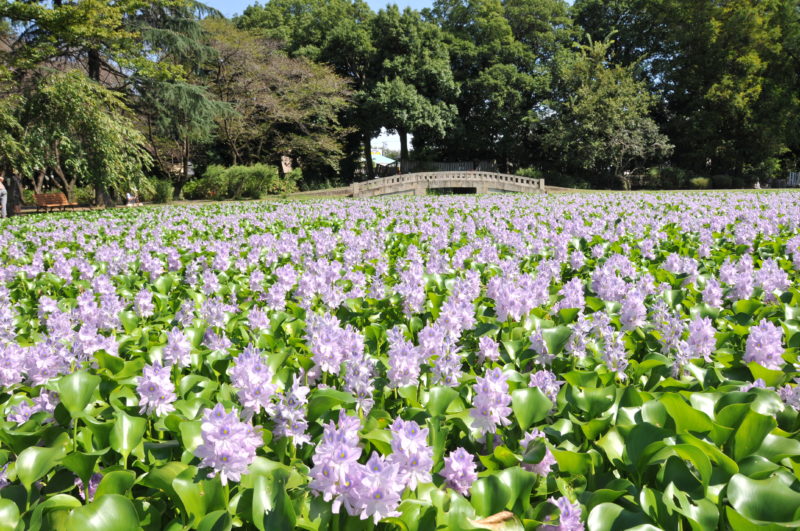
This spot located nearby Ōshi Castle is famous for its water hyacinth. The park's Blue Lake (Aoi no Ike) displays beautiful water hyacinth when in season. The square is also known for its 200 cherry blossom trees. There is also the "Literary Monument of a Country Teacher“ (Inaka Kyōshi-no Bungakuhi) of Katai Tayama. A verse from the book Inaka Kyōshi, “The road to Yori was long…,” is engraved on the monument.
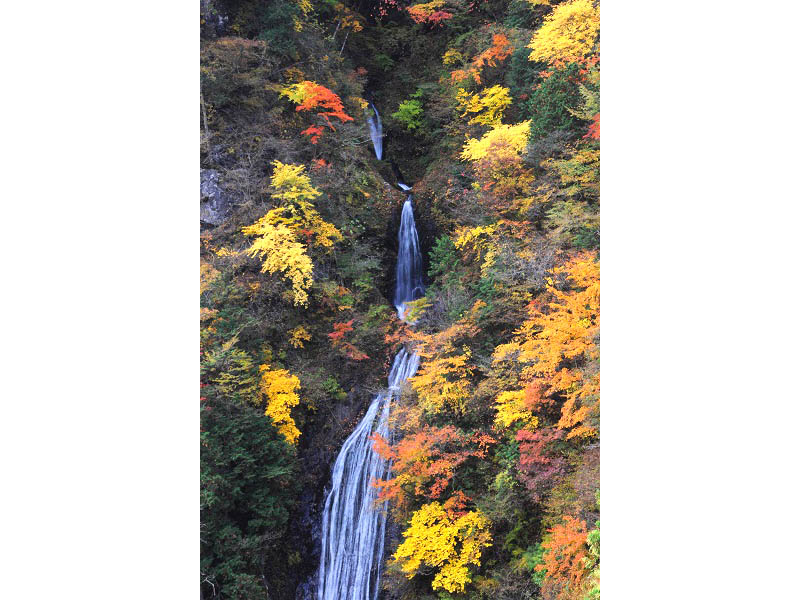
This is the only waterfall in Saitama Prefecture that has been selected as one of Japan's 100 best waterfalls. Along a promenade of about 1.5km, you can enjoy the changing seasons with fresh greenery and autumn leaves. The waterfall is divided by 3 large steps, and the 76 meter drop is powerful and impressive!
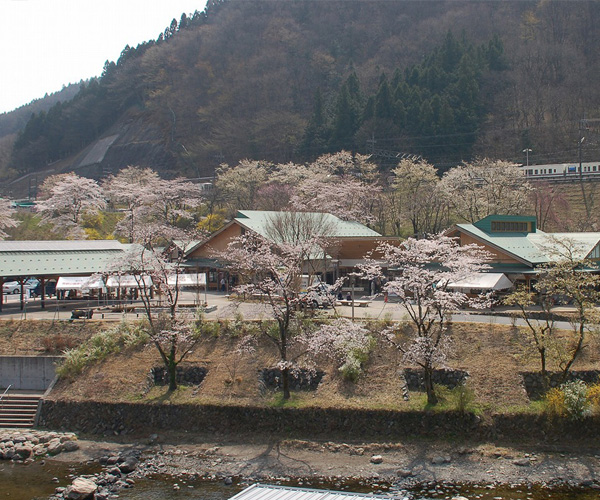
This roadside station is surrounded by rich green mountains, the clear streams of the Yokose River, clean air, and seasonal flowers and fruit trees. Inside the station, there is a farmers' market, restaurant, information center, resting area, hands-on experience dōjō (udon/soba), ceramics classroom and a gallery. Outside, there is an open space for relaxing and a deck where one can view the river from above. You can also enjoy a walk next to the Yokose river. ※Facilities listed in the Saitama Industrial Tourism Guidebook, "Manufacturing Guidebook."
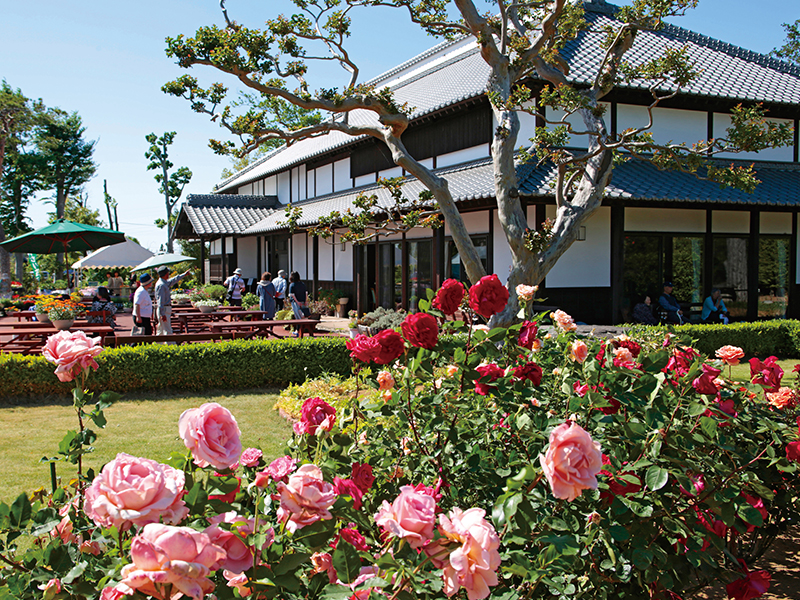
From the moment you pass through the Nagaya gate, you will find yourself in an atmosphere of peace and nostalgia in this old traditional house. In the garden, roses are in full bloom, and inside the facility there is a restaurant where visitors can enjoy a meal and a local produce specialty store for buying fresh vegetables. This is the perfect place for a relaxing time.
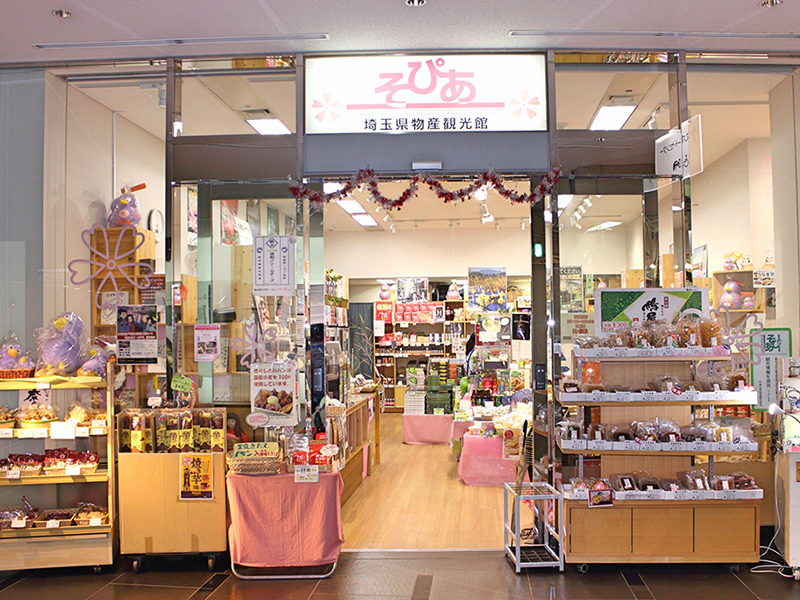
We sell over 450 types of souvenirs representing Saitama. In addition to the well-loved Sōka Sembei (rice cracker), we also sell many popular products unique to the Saitama area, such as Koedo Kawagoe Imo (sweet potato) sweets, Ajino Sayamacha, locally brewed alcohol and traditional crafts and goods featuring Saitama Prefecture’s mascot “Kobaton."

In the spring, cherry blossoms bloom and azalea flowers cover the mountain at Oshamoji-yama Park, located at the town's south entrance, and the many revelers make for a boisterous flower-viewing party. The Shamoji mother-goddess (god Oshamoji) is enshrined in a hokora (miniature shrine) at the foot of the mountain, thus the park is named “Oshamoji-yama.” The Kanto Plain and mountains of Chichibu can be seen from the park's observatory.
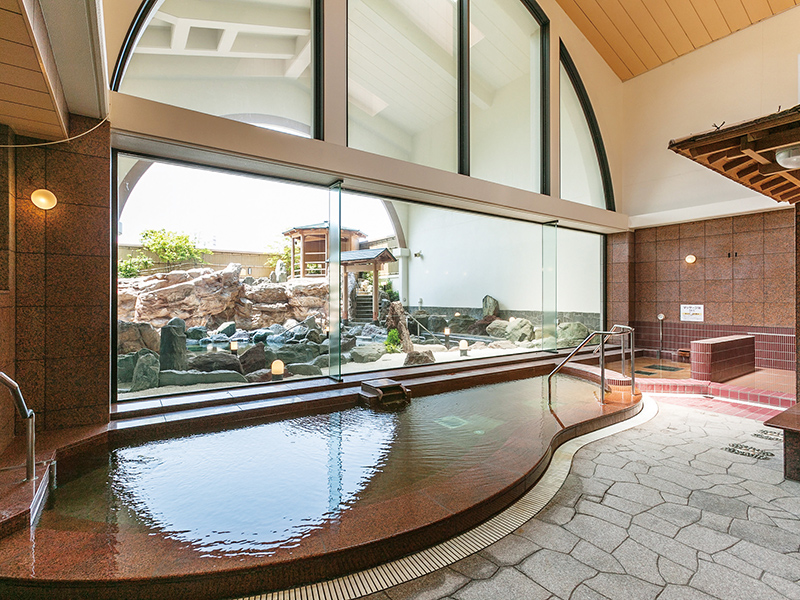
The bath uses water close to the source, a gensen (hot spring source) 2,000 meters underground. The water is rich in sodium and heats the body to its core. Due to the warming effects of the sodium, the bath is known as "Atamari no Yu" (warming bath). In addition, the hydrogen ion concentration is pH 8.1. This low alkaline water also helps soften dead skin cells, earning the bath the additional name of "Bihada no Yu" (bath for beautiful skin). Please enjoy the exquisite waters from the Kachōfūgetsu source. Also on the premises of this vast facility are a beauty salon, a massage parlor and a refreshing oxygen room. We offer a relaxing environment for each and every customer. (Please refer to the URL below for more information regarding the facility.)
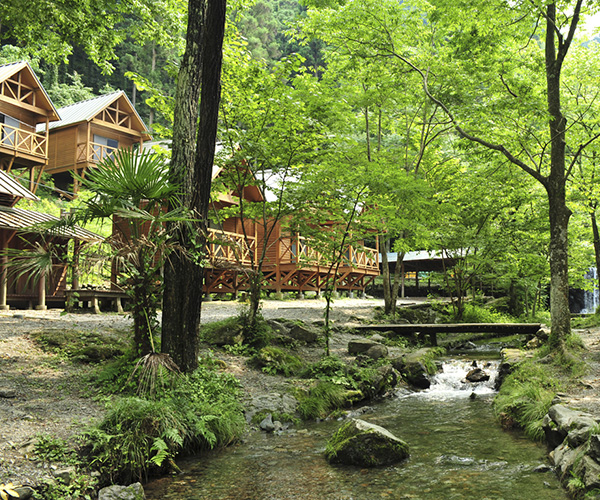
This campsite is surrounded by trees and located in the ravine alongside the Tokigawa River. The facility is well-equipped with a building for cooking, showers and restrooms, making it a safe place to have fun camping. Japanese salmon and char fish swim in the nearby shallow river, giving visitors an up-close-and-personal experience with the great outdoors.

Anrakuji Temple is the 11th temple of the Bandō 33 Kannon Pilgrimage (Bandō Sanjūsankasho) and has been known as Yoshimi Kannon since ancient times. The main deity is the Holy Avalokitesvara, the deity of compassion, and according to the Yoshimi Kannon dependent origination (Buddhist doctrine), the origin of the temple dates back to about 1200 years ago, when the Buddhist priest Gyoki carved a statue of Avalokitesvara and placed in the rock cave. Every year on June 18th, the Kannon is unveiled in the early morning to the public to ward off evil spirits. Special "Yakuwake Dango" (dumplings to ward off evil) have been sold on this day since long ago, and the long road to Anrakuji Temple continues to be lined with stalls every June 18th, with the area very crowded from around 2 am to early morning.
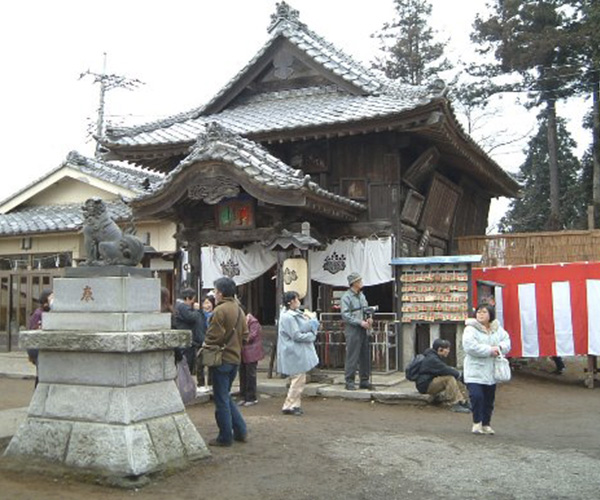
The shrine's beginnings trace back to when samurai warlord Hatakeyama Shigetada offered a statue of an ogre (oni) holding an iron rod as protection against ogres during the construction of Sugaya Yakata. One of the few shrines in Japan that worships "ogres" (oni), they celebrate Setsubun every year on February 3rd with an unusual chant: "Fuku wa uchi, Oni wa uchi, Akuma soto" (In with good fortune and the ogre, out with evil spirits). It is also known as the shrine of the God of Victory, and many soldiers came to pray for good fortune during the war.
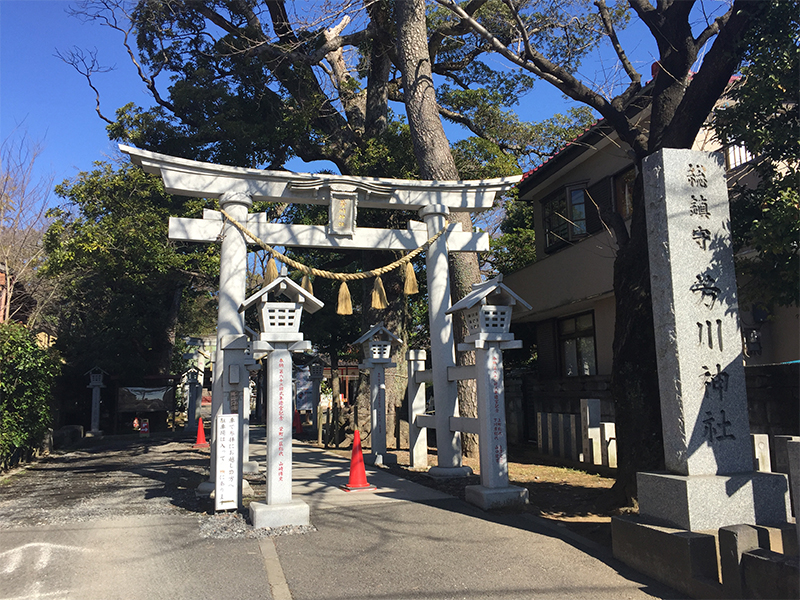
In 1187, the Yoshikawa clan reestablished this shrine as the Ujigami Suwa Shrine for indigenous deities. The shrines within the precincts include Yasaka Shrine, Furumine Shrine, Inari Shrine, Matsuo Shrine, Yoshikawa Tenmangu Shrine, Suijingu Eight Great Dragons, and Shikato Daimyojin. The old Shimotsuma Highway runs behind the shrine, and a Japanese bay tree in front of the precincts and a large camphor tree in the rear tell the shrine's long history. Every July, the shrine holds the Yasaka Festival, which has a history of about 400 years. The highlight is the "abare mikoshi," portable shrines that are carried and thrown high above the heads of the bearers for a spectacular sight.
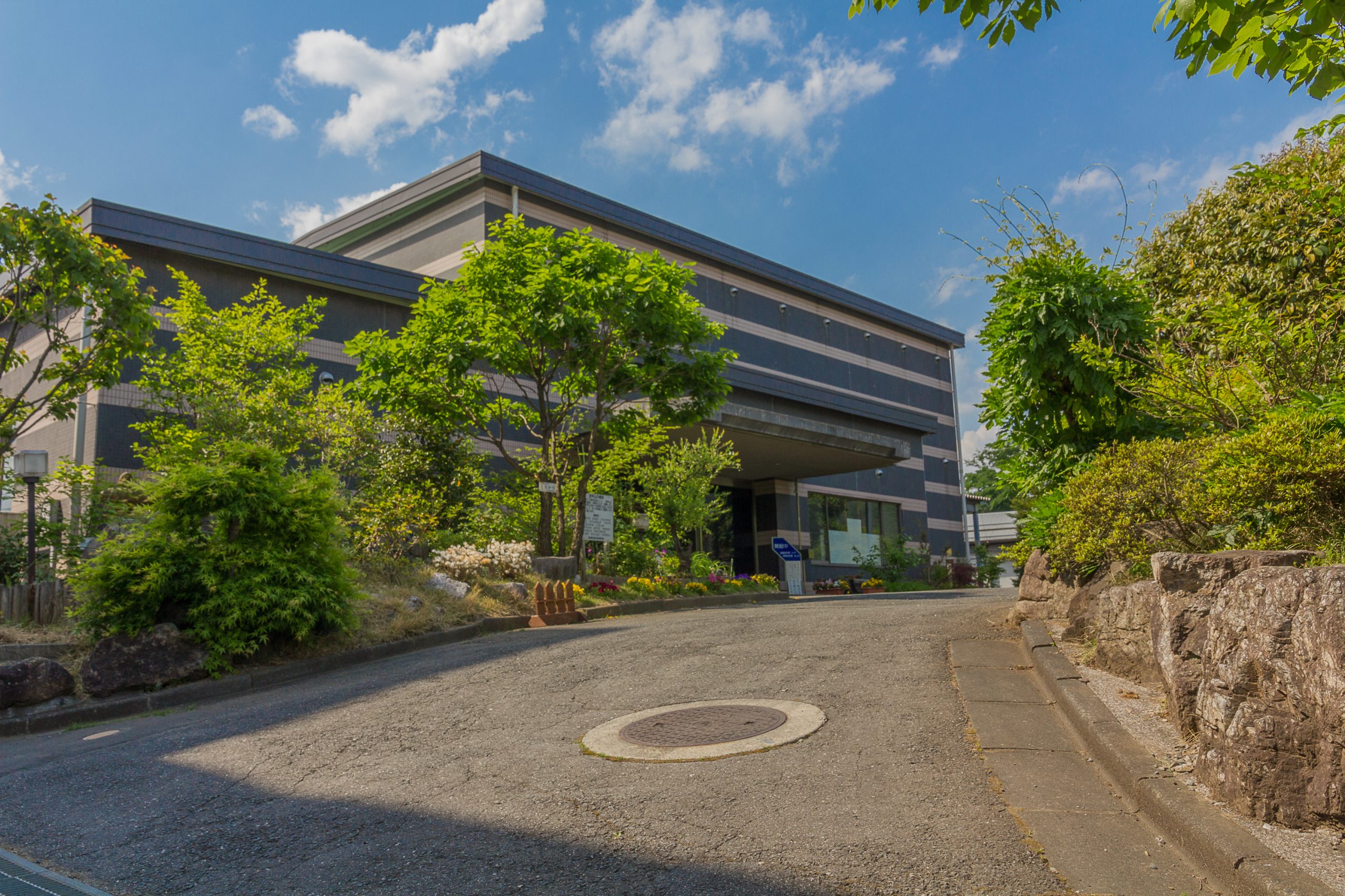
The entire cultural heritage of Yokoze Town is on exhibit at this museum. There are stage models of Yokoze’s puppet show (designated intangible folk cultural property by the prefecture), models of Bukōzanmitake Shrine Palace, specimen displays of animals and plants collected from Mt. Bukō, and historical documents that portray the transitions of Yokoze Town. In the “nature” section of the permanent exhibition room, approximately 130,000 year-old fossils of the giant Japanese elk, buffalo and wolves, which were discovered in the Negoya Limestone Cave, are on display. These fossils are very rare on a national scale.

The main theme of the Iruma City Museum ALIT is tea! This museum is filled with resources for learning extensively about Sayama Tea, the history and culture of tea and Iruma City's nature and history. In the spacious museum garden there is a tea room, a pond and wooded area, a restaurant, and a square with lawns. It is an ideal place to take a rest.
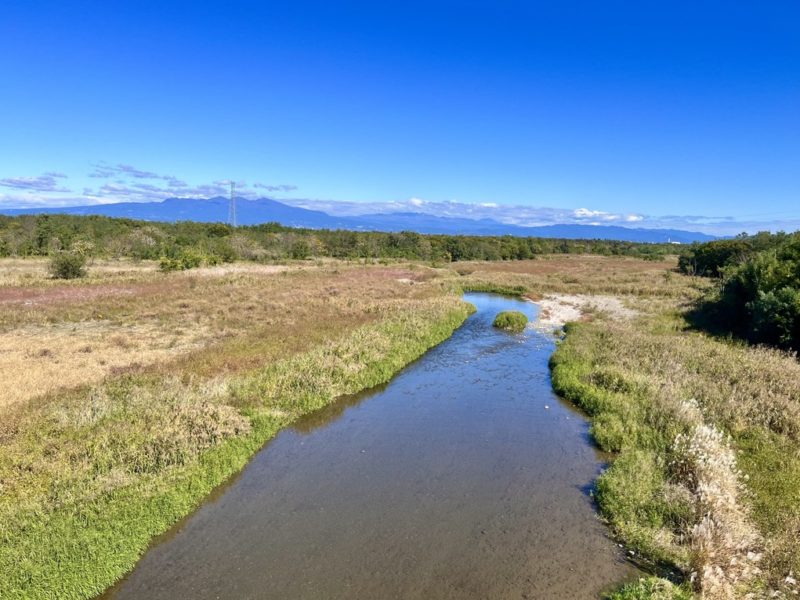
This is the site of the battle of Kanagawa, the largest field battle to have ever taken place in the Kanto region. The fierce battle took place from June 18th to 19th, 1582 on the border between Musashi (Tokyo and Kanagawa) and Ueno (Gunma) along the Kannagawa River. The battle was between Takikawa Kazumasu, lord of Ueno Umabashi Castle, and forces led by Hojo Ujikuni, lord of Musashi Hachigata Castle, and Hojo Ujinao, lord of Odawara Castle. The battle was also known as the “Battle of Kanakubohara" due to being fought in and around Kanakubo and Bisado areas of Kamisato-town.
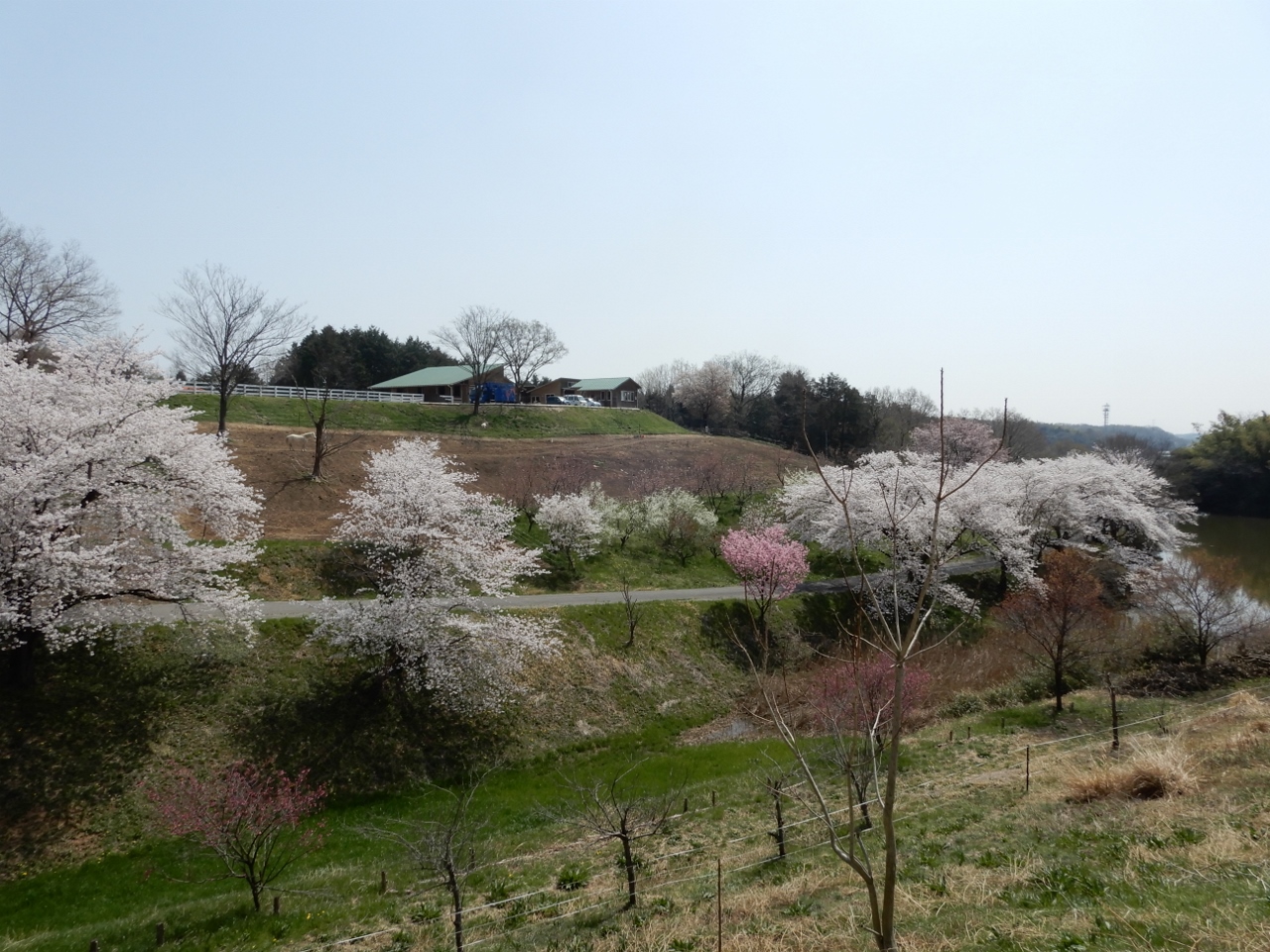
In the midst of the peaceful Satoyama, get in touch with nature and experience farming hands-on. There is a "Fureai Farm," which visitors can use freely for an annual fee, and the popular "Strawberry Farm," for picking strawberries and other fruits. There are also rice cultivation, digging of bamboo shoots, udon (wheat noodle) making, potato cultivation, Satoyama walk and hiking experiences, and various other events held throughout the year.
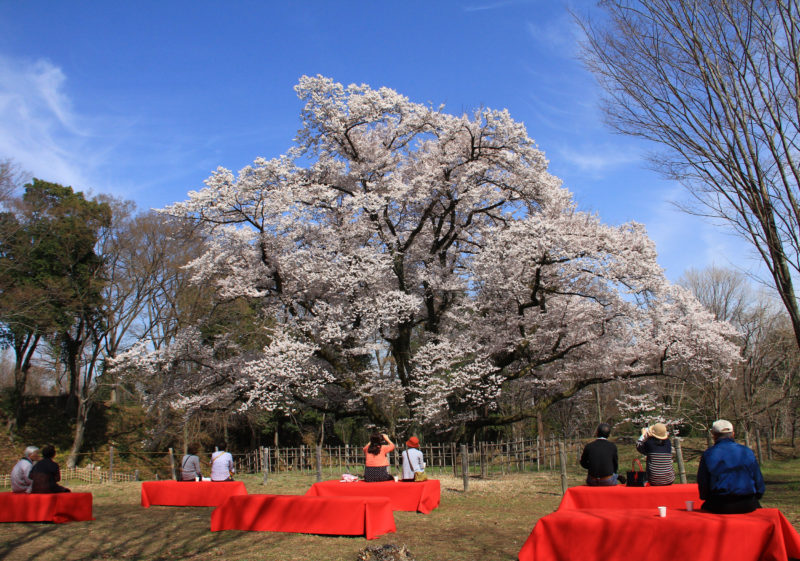
The Edohigan Sakura tree located in Hachigata Castle Park is a natural town monument. This cherry blossom tree is estimated to be over 150 years old, and flowers bloom beautifully on its umbrella-shaped canopy of branches every year around the end of March. You can also enjoy the evening illuminated cherry blossoms during peak season!
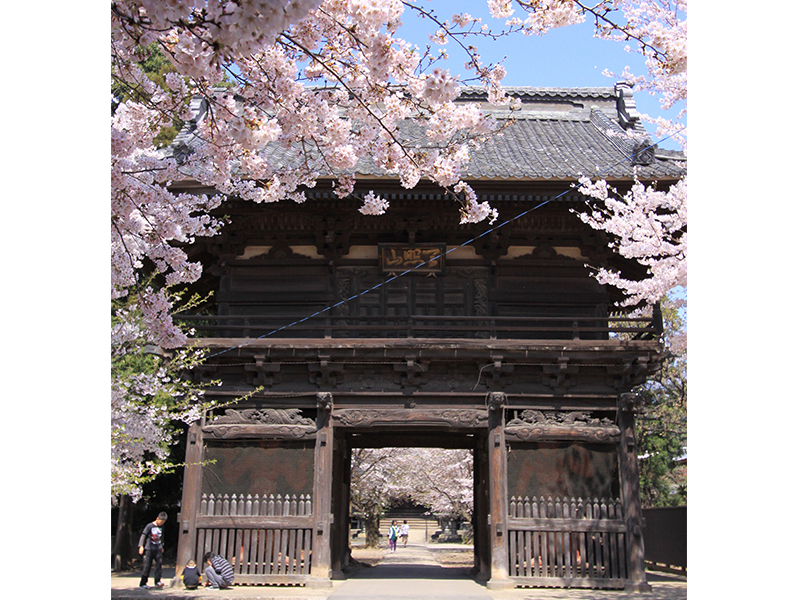
The temple was rebuilt by Seigon Shonin at the end of the 16th century and became one of eighteen monk training schools for the Jodo sect. As a temple associated with the Tokugawa Shogunate, the use of the "three-leaf hollyhock crest" was permitted. There are many cultural assets on the temple grounds that tell the ancient history in the present day. They hold the "Ten Nights Memorial Service," one of the three major memorial services in Kanto, every year on November 14, and the "Doll Memorial Service," unique to this town which is known for its hina dolls.
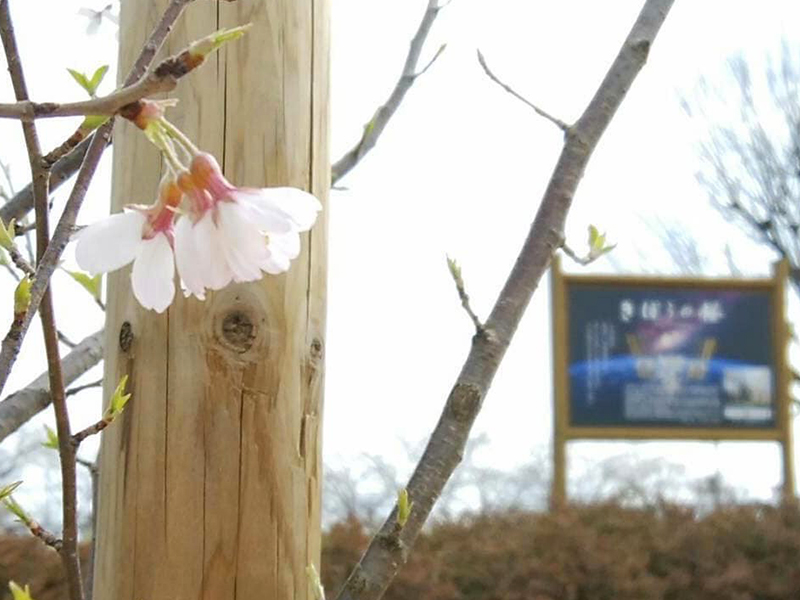
In 2008, cherry trees, which were sprouted from the seeds of the Jindai cherry tree in Hokuto City, Yamanashi Prefecture, traveled to space with astronaut Koichi Wakata, and were subsequently planted in Seki Park on April 6th, 2019 through the Kibou (Hope) Cherry Blossom Project, a project aiming to plant cherry trees in municipalities affected by the 2011 Tohoku earthquake and tsunami. The decision to plant the trees in Yoshikawa City was based on the children's communication with astronaut Kanai Yoshishige in space, the dispatching of staff to Iitate Village in Fukushima Prefecture, which was evacuated after the 2011 earthquake, and the desire to pass on an explanation of the damage caused by Typhoon Kathleen from 70 years ago to future generations. The Sakura Festival is also held at Seki Park every March.
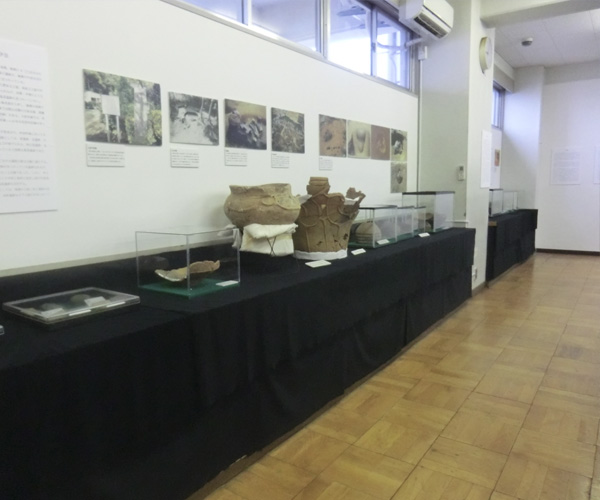
Visitors can learn about the rich nature and national treasures of Ina Town through the comprehensive exhibitions on local nature, geography, history and folklore on display. This museum moved to inside Ina Municipal Minami Junior High School in April 2016. Feel free to stop by, view the exhibitions and deepen your love and understanding of the wonderful Ina Town.
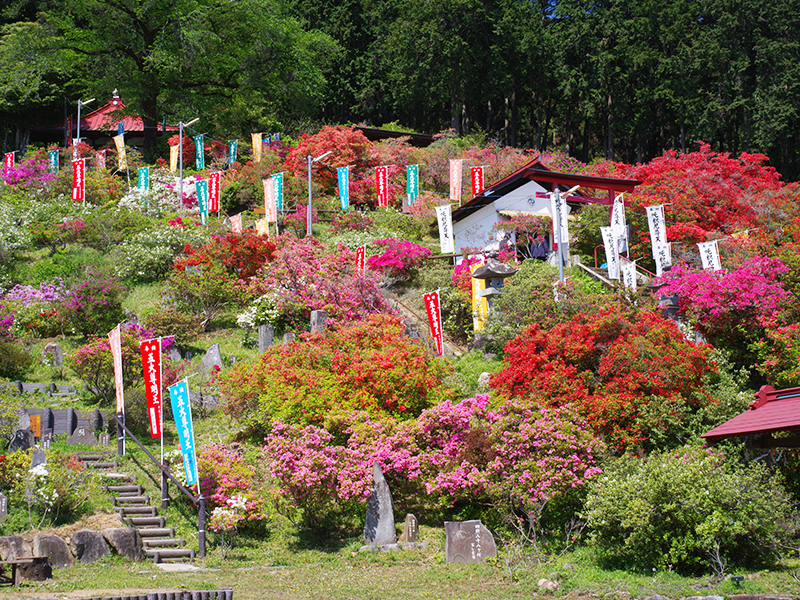
Ancient trees, said to have been planted more than 350 years ago, line either side of the stone steps of Godaison, where the five statues of Myo-o, the gods of wisdom, are enshrined. The adjacent Azalea park is one of the best Azalea viewing spots in the Kanto region, with about 10,000 azalea plants in bloom.

The well at our brewery, "Bushūyama Jyōryūsui" (underground water) was established as one of the hundred best mineral water sources of the Heisei Era. If you bring a container, feel free to fill it up with water and take it with you!

These twelve cities and towns and thirteen places of scenic beauty related to Matsuo Bashō’s “Oku no Hosomichi” have been recognized as influencing the scenery and lives of future generations, while preserving the elegance and atmosphere of ancient times. Collectively, these areas have been appointed as one of the top scenic spots in the country.

Yoshimi Town is dotted with man-made swamps, which are reservoirs built for rice paddy cultivation. Lake Hatcho is one such man-made swamp with an area of about 52,000 square meters. The kanji character for "Ha" can mean both "eight" and "many." Since several "eights" together has a catchy sound, there are historical expressions in the Japanese language which repeat the number eight to mean "many," such as "happyaku yacho" (many towns in Edo) or "happyaku yabashi" (many bridges in Osaka). Lake Hatcho used to be called "Hatcho Hattan no Numa" (one town block and 8,000 sq.meters) as a play on these expressions, but since the surface area of the lake isn't technically that big, this name isn't in use anymore.

12 million cosmos flowers bloom on the 8.8 hectare fields along the Arakawa riverbank. Surrounded by a sea of cosmos flowers, you can enjoy an impressive view of the Chichibu mountain range and Mt. Fuji. The best time to see the cosmos flower is in mid-October, but poppies can also be enjoyed in May. At the Cosmos Festival in mid-October, the area is lively with stage events, refreshment stalls, and cosmos picking events.
This site uses cookies to improve the user experience. If you continue to browse, you consent to the use of cookies on this site. Accept
CONTACT
